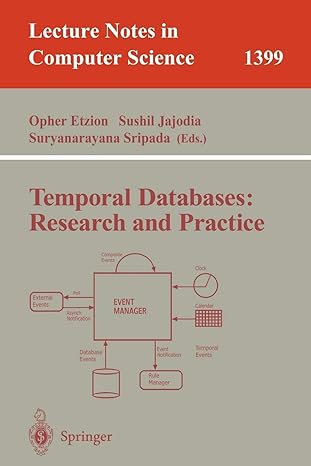Question
Problem 1 simple_calc.py: Basic calculator [5 points] In the previous assignment, you wrote multiply.py, which performed only one operation. Your new program should accept three
Problem 1 simple_calc.py: Basic calculator [5 points] In the previous assignment, you wrote multiply.py, which performed only one operation. Your new program should accept three arguments, where the first and last (third) are, again, floating point numbers, and the middle (second) argument is one of +, -, *, /, or . For this program, should be taken to mean exponentiation. Your program should print the result of the arith- metic operation; e.g., for program arguments 1.5 + -0.5, the output of your program should be 1.0. If the operator argument is not (exactly) one of these five possible string values, then your program should print Invalid operator. You do not need to check for division by zero.
Problem 2 uniform_random.py: Basic statistics [10 points] Write a program that takes a positive integer argument N, and prints out the average, minimum, and maximum (in that order) of N uniform random numbers that it generates. Note that all three statistics should be over the same sequence of N random numbers. Practice goal: First, practice the accumulation loop pattern, just as the sum of n numbers can be progressively computed as ( (((x1 + x2) + x3) + x4) + xn) using pairwise addition (to update the sum so far value), so can the maximum be computed as max( max(max(max(x1, x2), x3), x4), xn) using pairwise maximum (to update the maximum so far value). The minimum is also similar. Second, practice with writing one loop that performs different accumulations over the same sequence of terms, in lockstep.
Step by Step Solution
There are 3 Steps involved in it
Step: 1

Get Instant Access to Expert-Tailored Solutions
See step-by-step solutions with expert insights and AI powered tools for academic success
Step: 2

Step: 3

Ace Your Homework with AI
Get the answers you need in no time with our AI-driven, step-by-step assistance
Get Started


